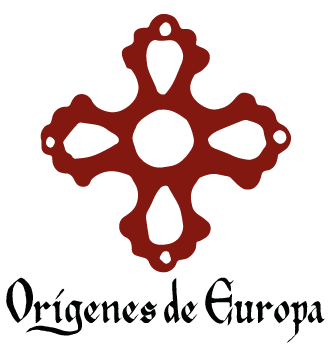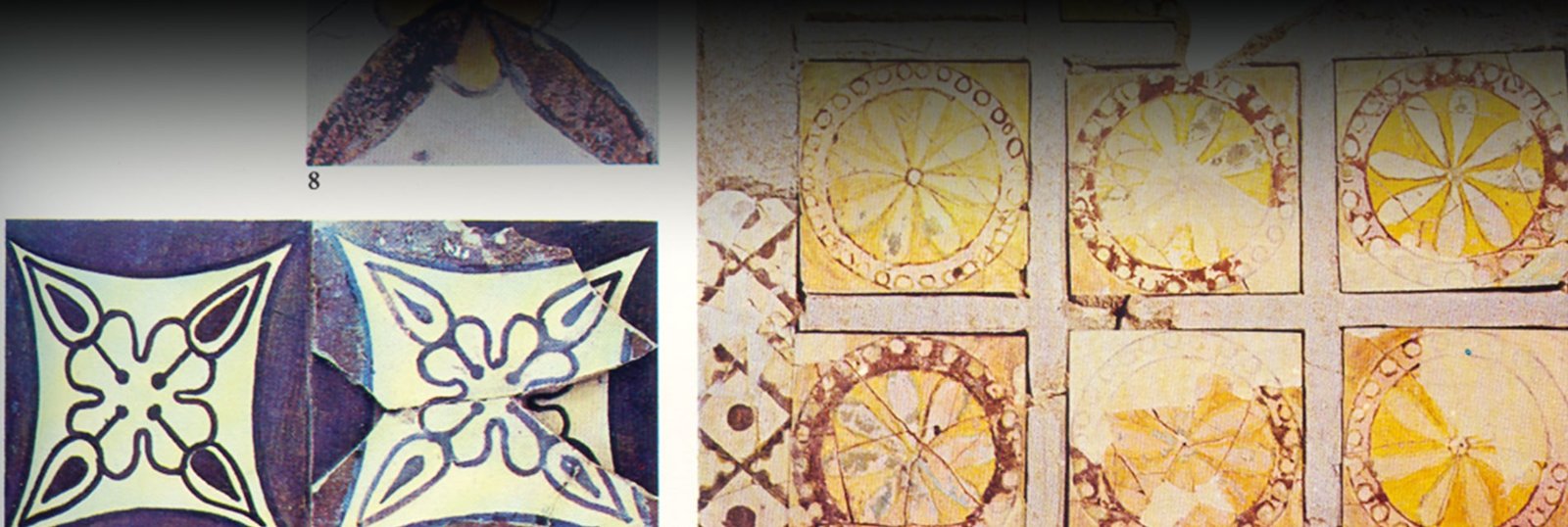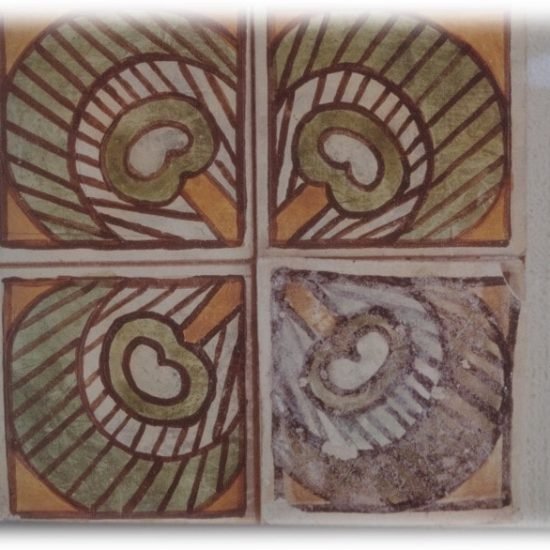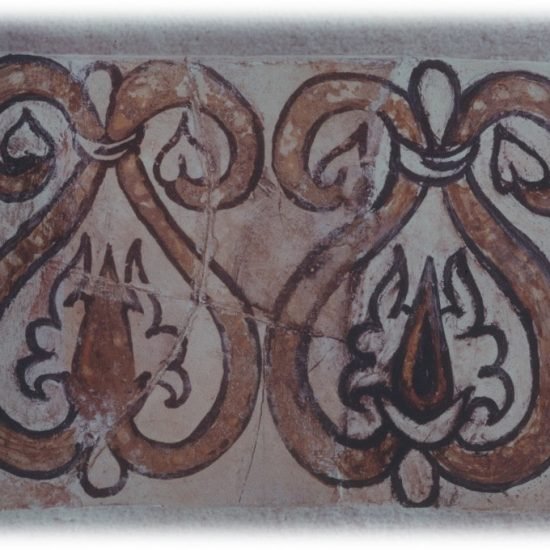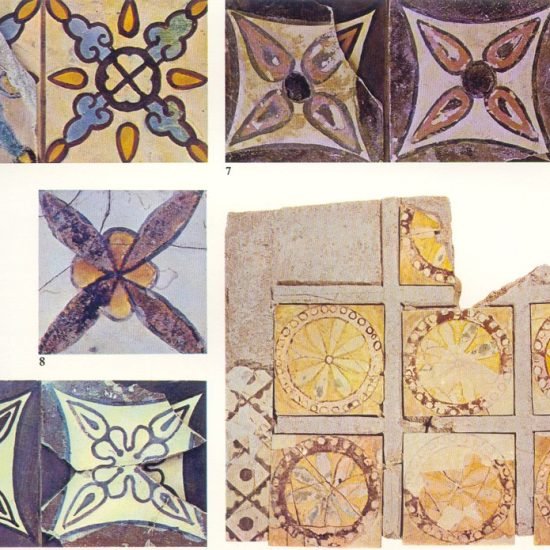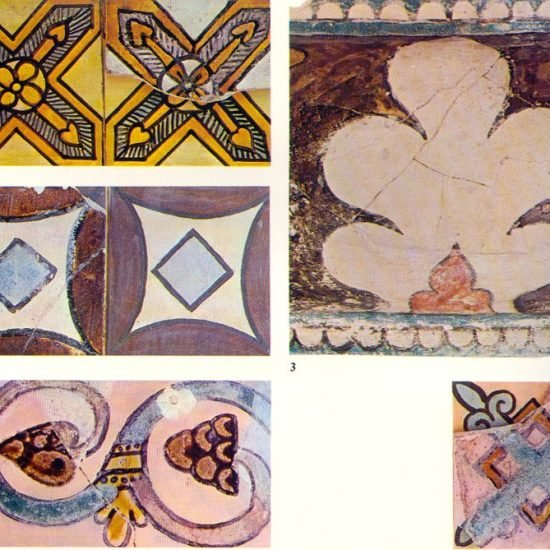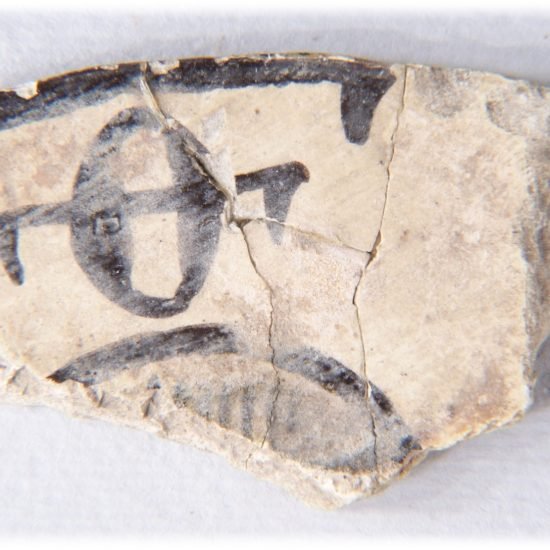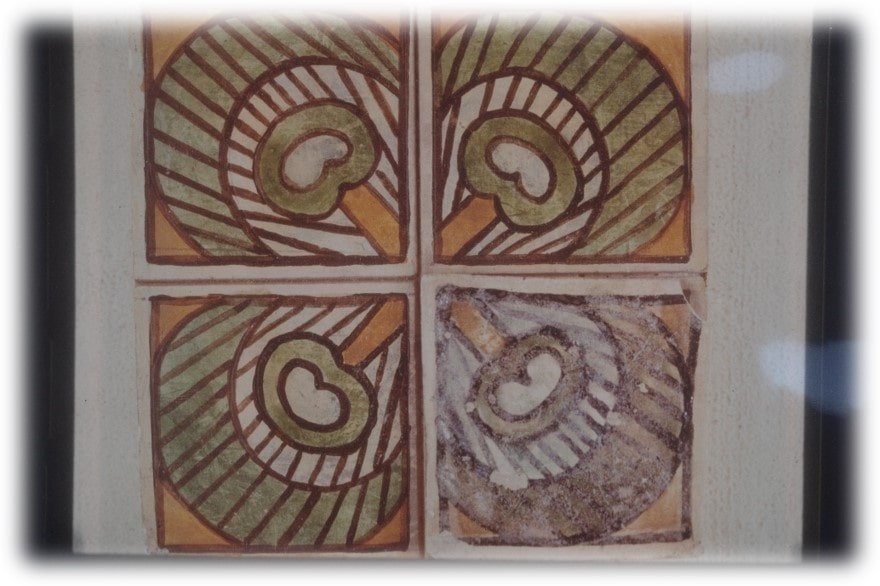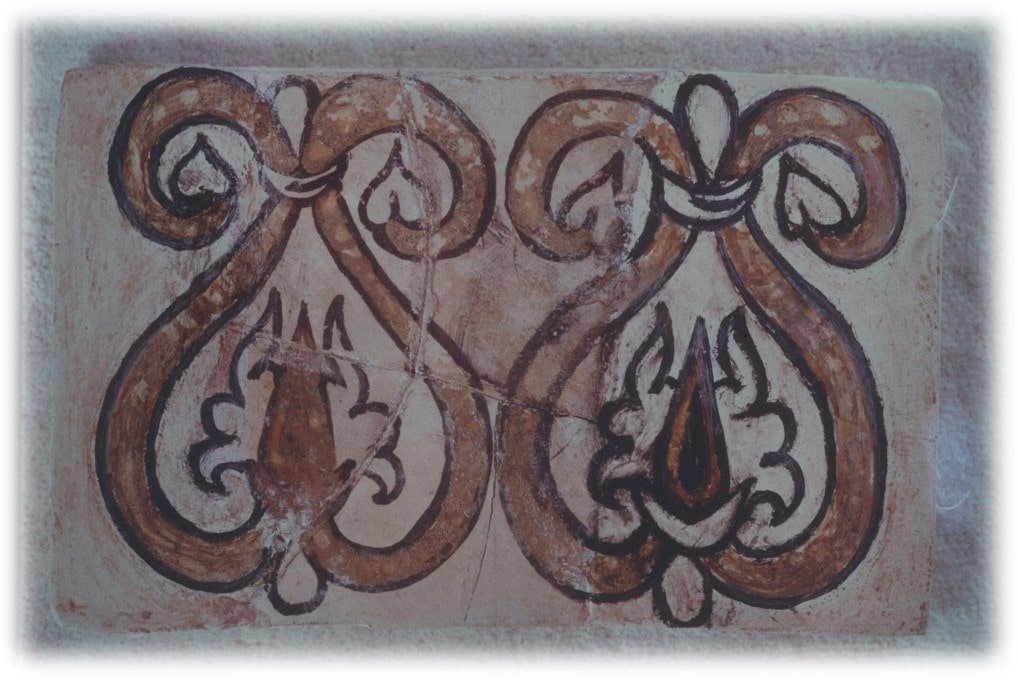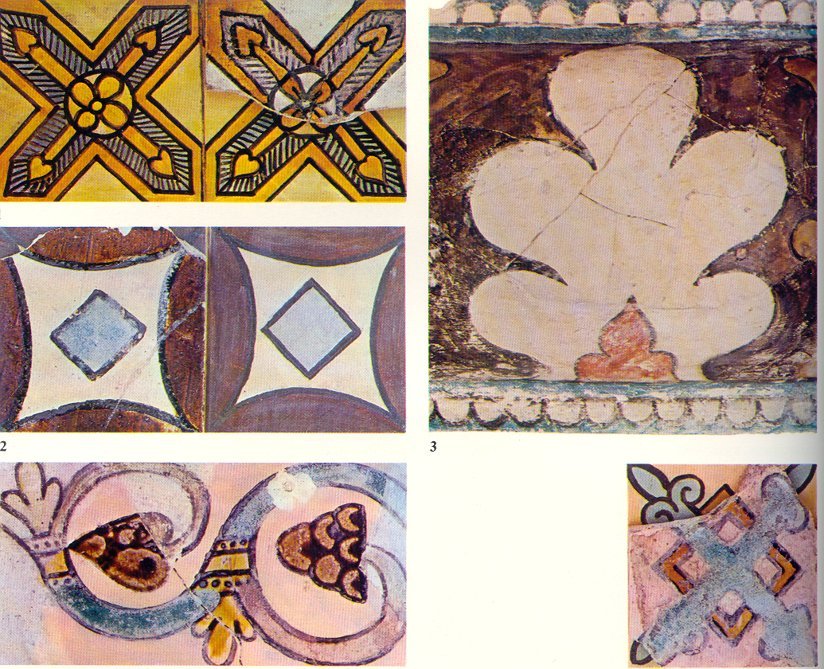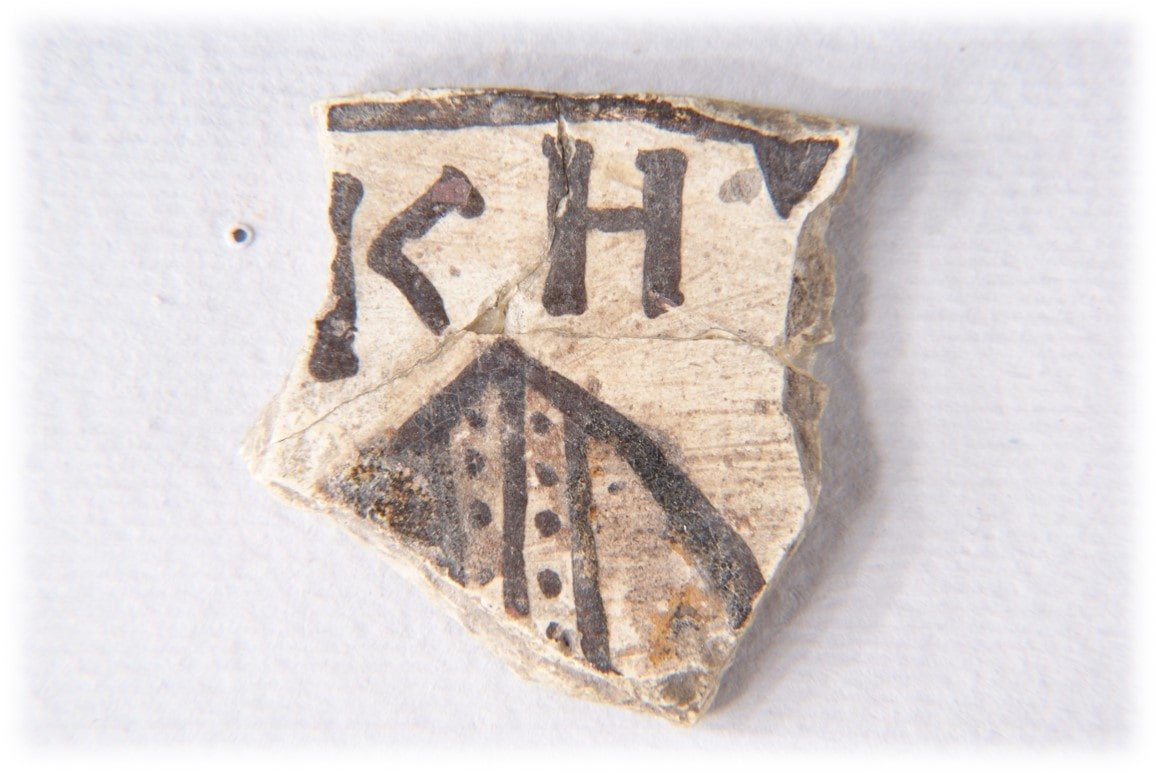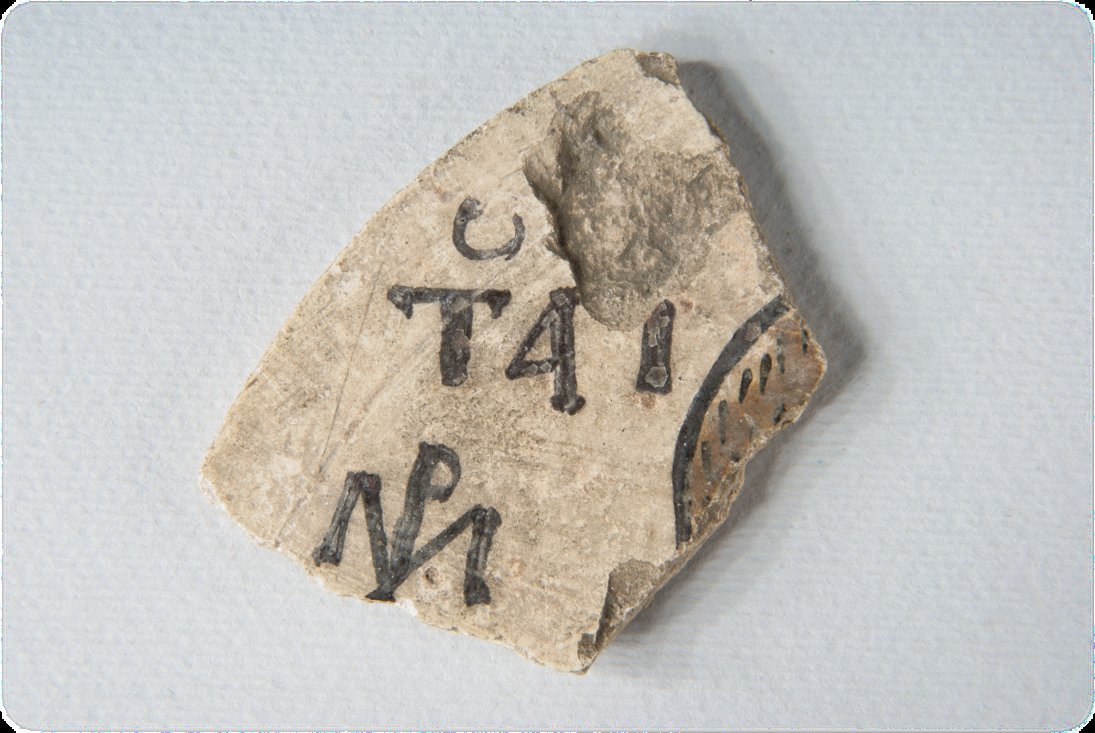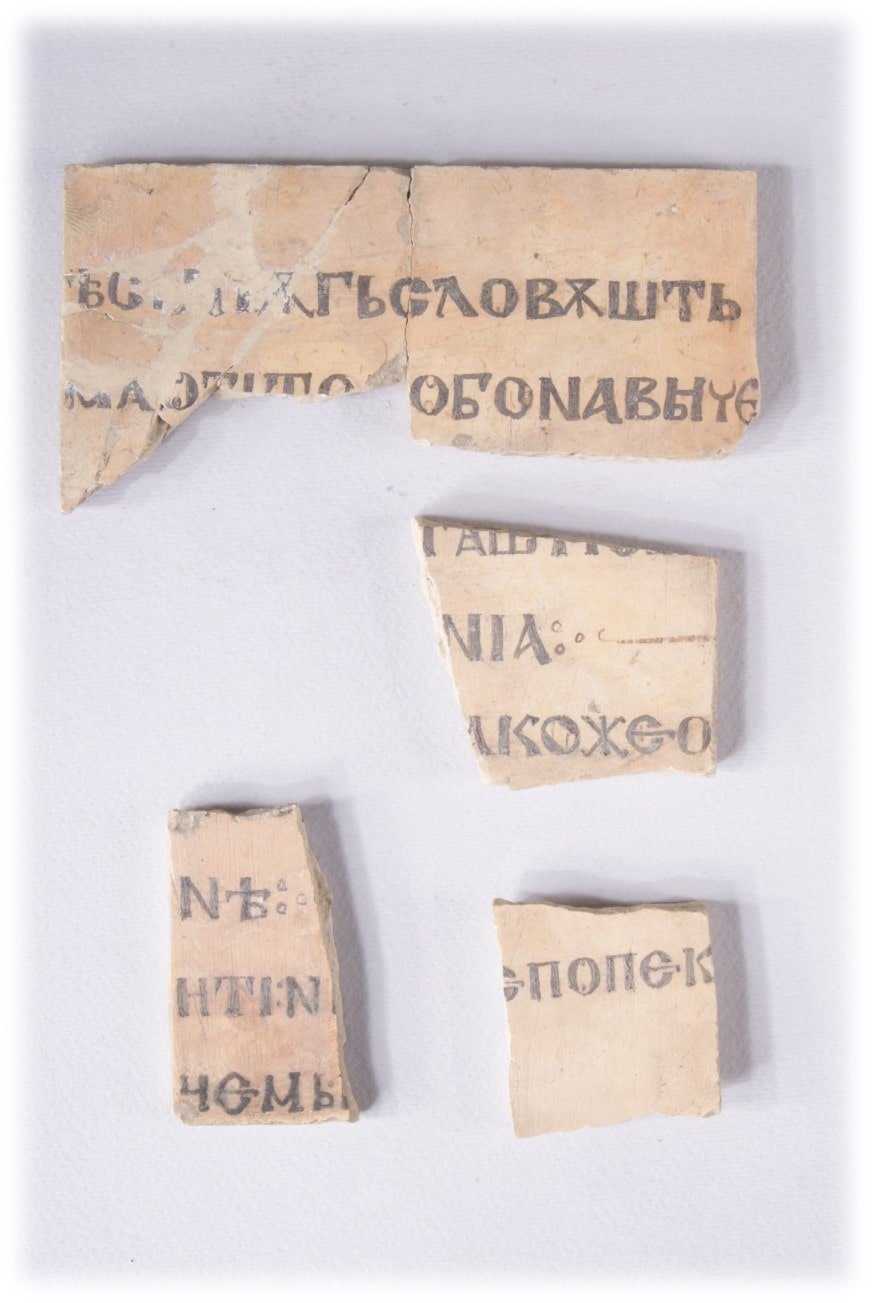Saint Panteleimon Monastery
per person
The monastery is located in the area of Patleyna, in the Dragoevska Mountain – the Eastern Pre-Balkan Range, high above the right bank of the Golyama Kamchia River, 2-2.5 km south of the Capital fortress wall and about 6 km south of the present-day Veliki Preslav. The archaeological research was carried out in 1909-1914 by Yordan Gospodinov. The monastery was built in the late 9th century and functioned throughout the 10th century. The complex consists of a church, residential and economic buildings, organized in 3 courtyards – prayer, residential and economic ones. The monastery ossuary also belongs to it, from which 6 masonry burial chambers were revealed.
The Monastery in Patleyna perished, destroyed by the Byzantine army during the capture of the Capital of Veliki Preslav in 971.
FORMAL ANALYSIS
The church is of the type of cross-domed structures, peculiar of the newly converted Bulgaria (864) and Veliki Preslav in particular. It has gone through two construction periods. Originally, a cruciform single-apse domed church with a single narthex was built. Later, the side walls were strengthened, and a second narthex and 2 side apses were added. The interior church decoration was rich. The walls were lined with white clay painted tiles and the floor was covered with marble mosaic.
The economic part of the monastery is of a particular interest. Workshops for glass and ceramics, basins for washing and sedimentation of the Preslav white clay with high plasticity, as well as kilns for firing the ceramic production were revealed. The ceramic material found allows the monastery in Patleyna to be accepted as a large production center for white clay painted tiles decorated with floral and geometric patterns, as well as with Cyrillic religious texts, which served to coat church and representative buildings. It was one of the centers where the Preslav art school developed in the 9th – 10th centuries.
The icon of St. Theodore, composed of ceramic tiles, stands out among the huge ceramic material produced by the monastery in Patleyna. From the composition, 21 tiles (about 100 fragments, reconstructed, each measuring 0.115 x 0.115 m) have been preserved, arranged on a natural clay base. St. Theodore has been presented, identified by an inscription on three tiles written in capital Greek letters ([ΟΑ]ΓΙΟC ΘΕ[Ο]ΔΟΡΟC. The image has been drawn by quill and brush applied to the biscuit baked tiles with a pale cream background. Slip and colorants of mineral origins in a chocolate-brown tone were employed for the contour, pale pink – for the face, brown for the hair and beard, light brown – for nimbus and detail of the garment and dark violet – for the mantle. The drawing has been covered with a colorless glaze and the tiles baked again.
The portrait is life-size and impresses with his strict, focused look. On the right shoulder of the Saint, the garment is completed with an ornament interpreted as folds of the mantle or an element of a garment worn by the saints – ascetics.
Two saints named Theodore are known – St. Theodore Tiron and St. Theodore Stratelates. Both are usually depicted as armed warriors. It seems possible the artist from the Preslav atelier painted an earlier model, before the Iconoclastic period (726-843), when only one Theodore was worshipped, represented in civilian garments. His prototype is sought in Egypt, in Syria and Palestine with a pronounced eastern nature or in the Byzantine icon painting of the 8th – 9th c., associated with the Eastern Christian tradition. The icon of St. Theodore from Patleyna Monastery dates back to the late 9th – early 10th century.
The Preslav painted ceramics appeared in the second half of the 9th century and flourished in the 10th century. The creative process and background are already well known.
The raw material – white, very plastic clay rich in kaolin is local, from deposits in the region of Preslav. It is purified by washing and sedimentation. From it, rectangular tiles of different sizes were shaped according to a preliminary design, various other architectural details and vessels – by hand or in moulds. The face side is smoothed very well; the boards or wet canvas on which the tiles were laid left marks on their reverse side. After moulding, the products are baked at a low temperature. Under-glaze designs are applied with a slip-type paint or coloured glaze. The colour is achieved by employing different metal oxides to produce coloured glazes that require a secondary baking. The palette includes light and dark brown, red, dark violet, ochre-yellow, green and blue-green colour. The patterns are mostly floral or geometric; small icons with the images of saints have been also made.
The various forms prepared in this way – apart from the tiles intended for compositions – serve for architectural decoration – cornices, inlays of columns, pseudo-capitals and floors – inlays in marble bases, ceilings, and wall panels. Icons are also composed. Some tiles are inscribed with religious texts in Cyrillic and were used for decoration in Preslav churches.
The origins of the art of painted tiles were the result of complex relationships with the cultures of the East. A number of artistic features show a direct influence from Arab – Umayyad and Abbasid art, concentrated during the same age in Samarra, Baghdad and contemporary centers. The idea was adopted and further developed in Preslav to meet the local taste and needs. The concept and technology for making this type of ceramics were transferred and spread by members of the monastic brotherhoods. Their production was concentrated in the monasteries in and around Preslav, evidenced by the largest number of fragments, sometimes even entire compositions, as well as by pits where damaged products were collected.
Some scholars tend to interpret the white-clay painted vessels from Preslav made in the same technology as pre-faience.
The art and production of Preslav painted ceramics died out along with the glory of Preslav in the late10th c.
KATYA MELAMED
- SAINT PANTELEIMON MONASTERY © PLAN OF THE MONASTERY CHURCH, IN DARK, THE INITIAL PLAN
- SAINT PANTELEIMON MONASTERY © PHOT. ARCHAEOLOGICAL MUSEUM VELIKI PRESLAV: PATLEYNA MONASTERY, 1914
- SAINT THEODORE ICON © PHOT. ARCHAEOLOGICAL MUSEUM VELIKI PRESLAV
- WHITE CLAY TILE PATTERN 9TH-10TH C. © PHOT. ARCHAEOLOGICAL MUSEUM VELIKI PRESLAV
- WHITE CLAY TILE PATTERN 9TH-10TH C. © PHOT. ARCHAEOLOGICAL MUSEUM VELIKI PRESLAV
- WHITE CLAY TILE PATTERN 9TH-10TH C. © PHOT. ARCHAEOLOGICAL MUSEUM VELIKI PRESLAV
- WHITE CLAY TILE PATTERN 9TH-10TH C. © PHOT. ARCHAEOLOGICAL MUSEUM VELIKI PRESLAV
- ST. MICHAEL. WHITE CLAY PAINTED ICON © PHOT. ARCHAEOLOGICAL MUSEUM VELIKI PRESLAV
- TILE WITH A CYRILLIC INSCRIPTION, A FRAGMENT, 10TH C. © PHOT. ARCHAEOLOGICAL MUSEUMVELIKI PRESLAV
- TILE WITH A CYRILLIC INSCRIPTION, 10TH C. READING LIKELY “HOLY MARIA” IN LIGATURE © PHOT. ARCHAEOLOGICAL MUSEUM VELIKI PRESLAV
- TEXT WITH A CYRILLIC INSCRIPTION. THE FIRST LINE, READS BLESSED…, 10TH C. © PHOT. ARCHAEOLOGICAL MUSEUMVELIKI PRESLAV
- TILE WITH A CYRILLIC LETTER. A FRAGMENT, 10TH C. © PHOT. ARCHAEOLOGICAL MUSEUMVELIKI PRESLAV
Tour Location
Saint Panteleimon Monastery
| Other monuments and places to visit | Veliki Preslav National Historical - Architectural Reserve and Museum |
| Natural Heritage | Patleina Nature Reserve |
| Historical Recreations | Yes, some reconstructions of buildings and churches |
| Festivals of Tourist Interest | |
| Fairs | |
| Tourist Office | Yes |
| Specialized Guides | Yes |
| Guided visits | Yes, in Veliki Preslav, as well as in the nearby main town of Shumen, a bit distant in Varna |
| Accommodations | Yes |
| Restaurants | |
| Craft | |
| Bibliography | |
| Videos | |
| Website | info@velikipreslav.bg |
| Monument or place to visit | Saint Panteleimon Monastery. The icon of St. Theodore is in display in the National Archaeological Museum in Sofia. Samples of the white clay painted tiles are on display in the Archaeological Museum Veliki Preslav. |
| Style | Bulgarian Christian architecture |
| Type | Monastic architecture |
| Epoch | 9th – 10th centuries |
| State of conservation | Good in general |
| Mailing address | museum_preslav@abv.bg |
| Coordinates GPS | |
| Property, dependency | Monument of culture of national significance; Ministry of Culture – Republic of Bulgaria |
| Possibility of visits by the general public or only specialists | General public visits; no tax entry is needed for the monastery |
| Conservation needs | Yes |
| Visiting hours and conditions | |
| Ticket amount | |
| Research work in progress | |
| Accessibility | Good in general; for more information ask the Museum in Veliki Preslav |
| Signaling if it is registered on the route | |
| Bibliography | Господинов, Ю. Разкопки в Патлейна и значението им за българската история. – Известя на Варненското археологическо дружество, III, 93-100. Господинов, Ю. Разкопки в Патлейна. – Известия на Археологическото дружество, IV, 1914, 113-128. Тотев, Т. Преславската керамична икона. София, 1988. Овчаров, Д. Художествената керамика в българските земи. – Рисуваната керамика на Велики Преслав (56 – 71). София, 2010. Grabar, A. Recherches sur les influences orientales dens l’art balkanique. Strasburg, 1927. The Glory of Byzantium. Art and Culture of the Middle Byzantine Era. AD 843 – 1261 (Catalogue). Ed. Helen C. Evans and William D. Wixom, 1997, 321-335. Cherneva, D. et al.). Saint Theodore’s Icon. Restoration of a 10th century ceramic icon and the technological expertise involved. Sofia 2015. |
| Videos | |
| Information websites | museum-velikipreslav.com Pravoslavieto.com svetimesta.com |
| Location | About 6 km from the modern town of Veliki Preslav, bus connections |
